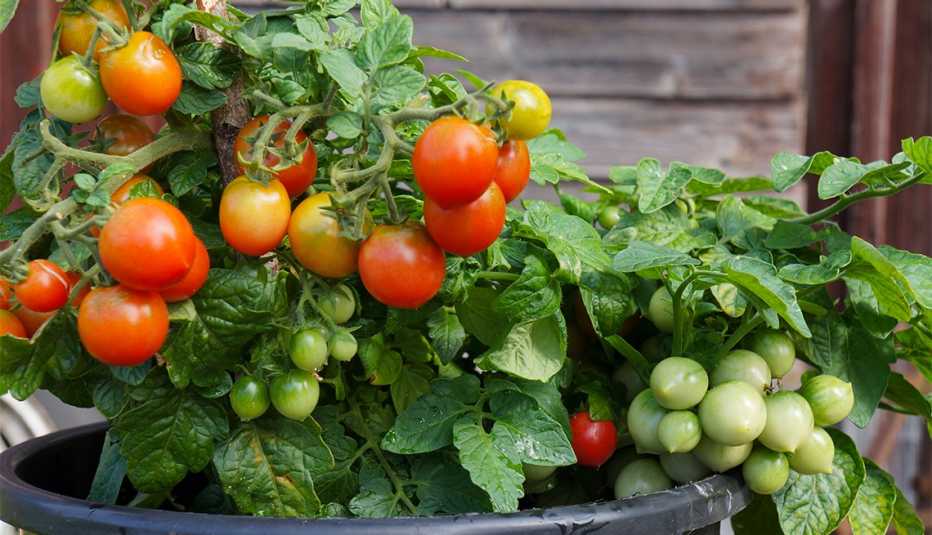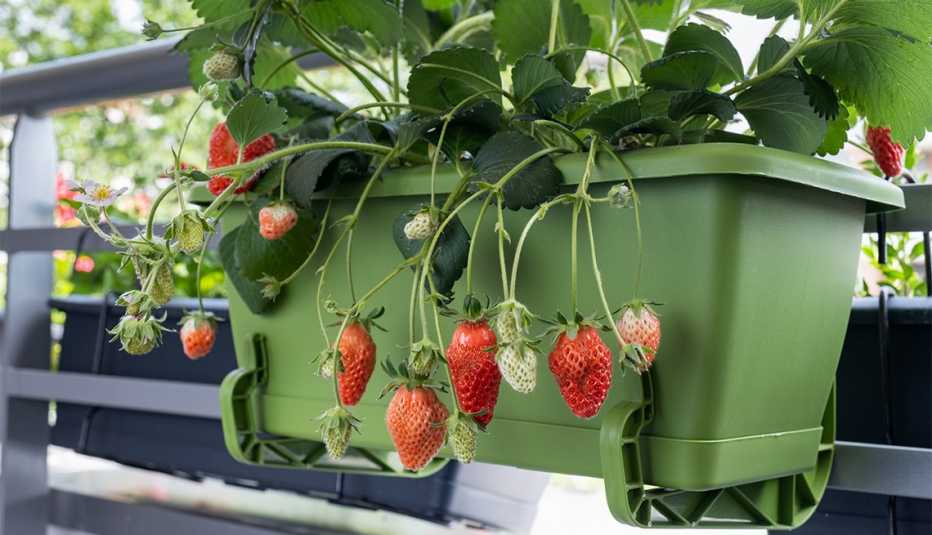Staying Fit


Auyanna McBride navigated gardening conditions in four countries when her husband was in the military, and she adapted even when she had only a postage stamp of outdoor space.
Her solution: container gardening.
“I have been gardening for over 20 years, and one of the things I tell people is, it doesn’t matter the amount of space,” says McBride, an accountant and gardener who has settled in Hinesville, Georgia, with her retired husband and a lot of plants. “Many times we didn’t have a yard. We mainly stayed in apartment-style buildings, but I would figure out a way to grow.”


AARP Membership— $12 for your first year when you sign up for Automatic Renewal
Get instant access to members-only products and hundreds of discounts, a free second membership, and a subscription to AARP the Magazine.
McBride became so adept that she now has her own YouTube channel, called Southern Entertaining. She offers videos, books and courses for growing vegetables and fruits in raised beds and containers like the ones that have overtaken most of her back yard.
“I could really fill up more,” she says. “Why not have containers on the patio?”
Experts like McBride say container gardening is not only an easy, portable way to jump into gardening but also an efficient use of whatever space you have, be it a yard, patio or sunny window. Almost any container will do, whether it’s a plastic 5-gallon bucket or a ceramic heirloom. Just make sure the container is the right size for the plant and has holes for drainage. If you’re growing food, make sure the container is lead-free.


































































More on Home and Family
Organic Gardening in 5 Easy Steps
Give up pesticides and chemical fertilizers for a safer, less expensive approach
6 Ways to Prep Your Garden for Spring
These chores lay the groundwork for a great growing season